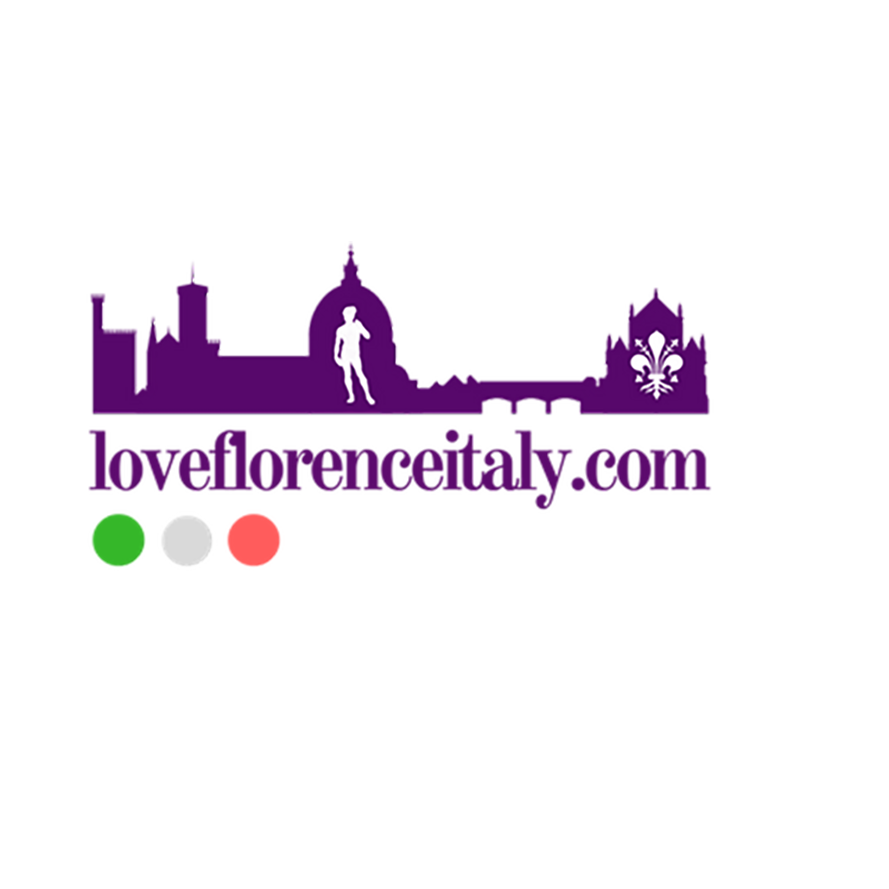The Palazzo Medici Riccardi stands today as the seat of the Florentine council and one of the focal points of the city. The history of the building is a story that goes all the way back to – you guessed it – the Renaissance. To understand Palazzo Medici Riccardi is to understand more of Florence and its story. Here are a bunch of things to learn and ponder if you plan on seeing it.
Palazzo Medici Riccardi Architecture
Cosimi de’ Medici began as the owner and driving force behind the Palace, as he wanted a place for the Medicis to spend more time in upon their return after spending time in exile. Michelozzo was chosen by Cosimo de’ Medici to be the architect for his less-than-expressive style, as not to raise too many objections from the Firenze locals. The Medici family who in their efforts to keep a low profile, opted not to go for Brunelleschi’s more flamboyant proposal of what the palace could look like. After Michelozzo di Batolomeo designed the palace, it took forty years it took for it to be originally built between 1444 and 1484. With its ashlar, rusticated stone walls, the Palazzo nowadays is a symbol that contradicts any notion of flamboyance. It indicates a sense of mere sturdiness.
Despite the cautious modesty shown by the Medicis, they weren’t shy of a few stylistic tricks. The windows of the palace become wider the higher you look to give an illusion of grandiosity. As soon as you step foot into the Palazzo Medici Riccardi, the illusion of modesty is henceforth shattered. The Riccardiano Library and Prefect’s Room both are adorned with incredible intricate Baroque decorations. The Galleria degli Specchi, which is another special room to mention, decorated with different tales, educational pieces relating to virtuosity.
Palazzo Medici Riccardi Courtyard
Find your way outside and towards the courtyard, where two asymmetrical doors will lead you there. A 15th century courtyard with added marble Baroque decorations looked over by a statue of Orpheus by Baccio Bandinelli; a piece that dates from 1515. Corinthian columns dominate the perimeter, through which a particularly stunning archway can be seen, alongside a sculpture of two cherubs holding the drapery of the same arch; through which is said to be Lorenzo the Magnificent’s bedroom.
Magi Chapel
The Magi Chapel inside the Palazzo is a part of the interior covered by frescoes from Benozzo Gozzoli. The chapel was completed in 1459, and although covered with biblical depictions such as the ‘Angels in Adoration’ and the ‘Journey of the Magi’ on their way to visit the Nativity of Jesus in Bethlehem, Gozzoli fit figures of himself and the Medicis – including Cosimi – into some of the frescoes; especially within the pieces present on the East Wall. Tuscan landscapes fill the background and the remaining spaces of the Magi Chapel, visible mostly on the West Wall.
Once you have pondered upon these features of the Palazzo Medici Riccardi, you will realise just how central it is to Florence, and why the place is now used as the local council’s headquarters; the seat of the city of Firenze.
for next step on Medici Family itinerary stay tuned.




